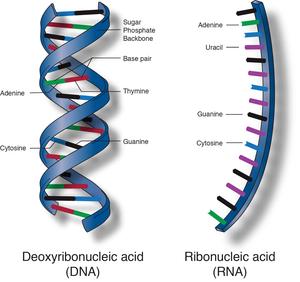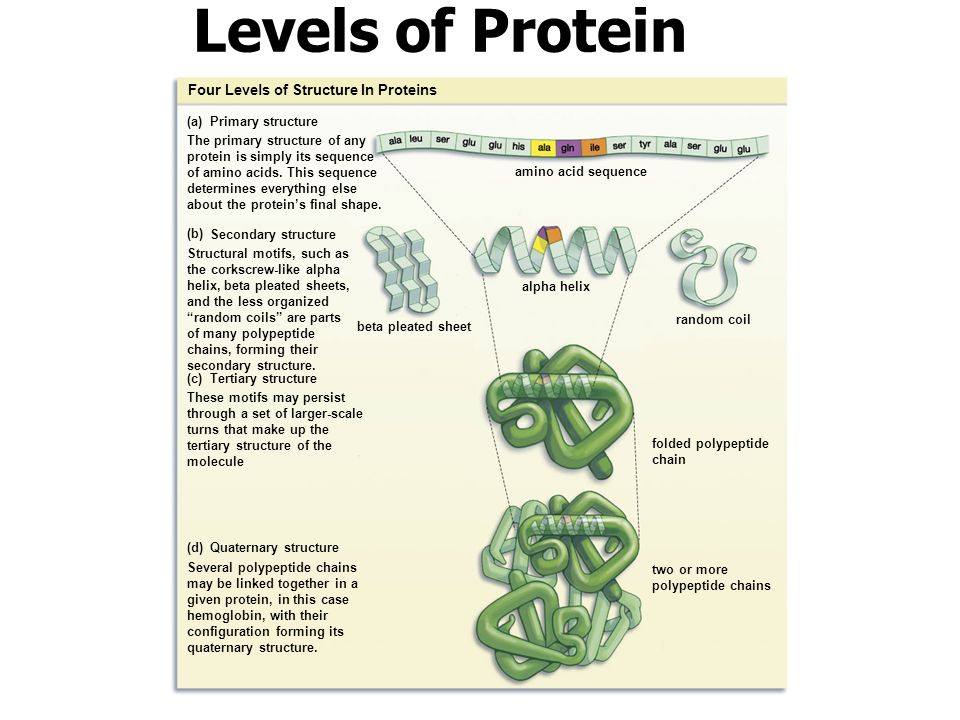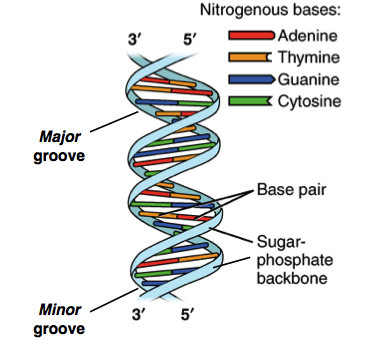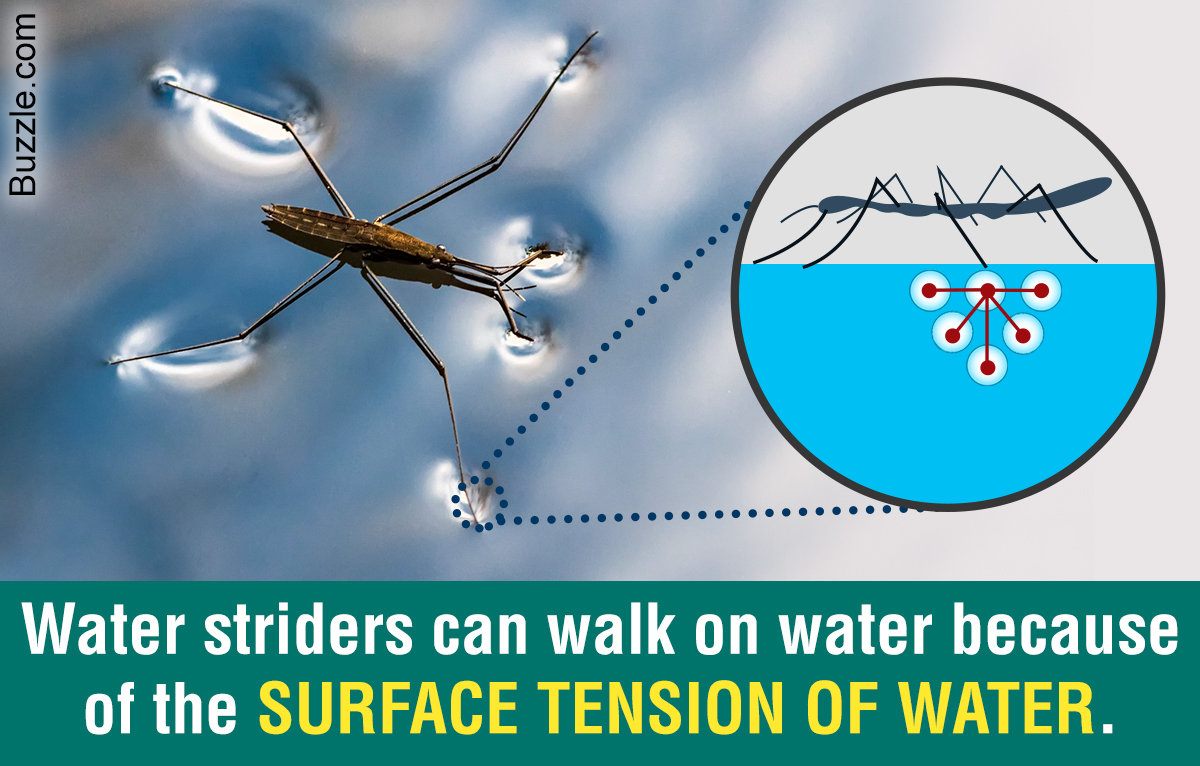You will take the test in class. Relax an pay attention to the details.
If there enough time remaining after the test, we will discuss the Nutrient Testing Lab assignment from yesterday.
If there enough time remaining after the test, we will discuss the Nutrient Testing Lab assignment from yesterday.










